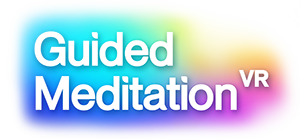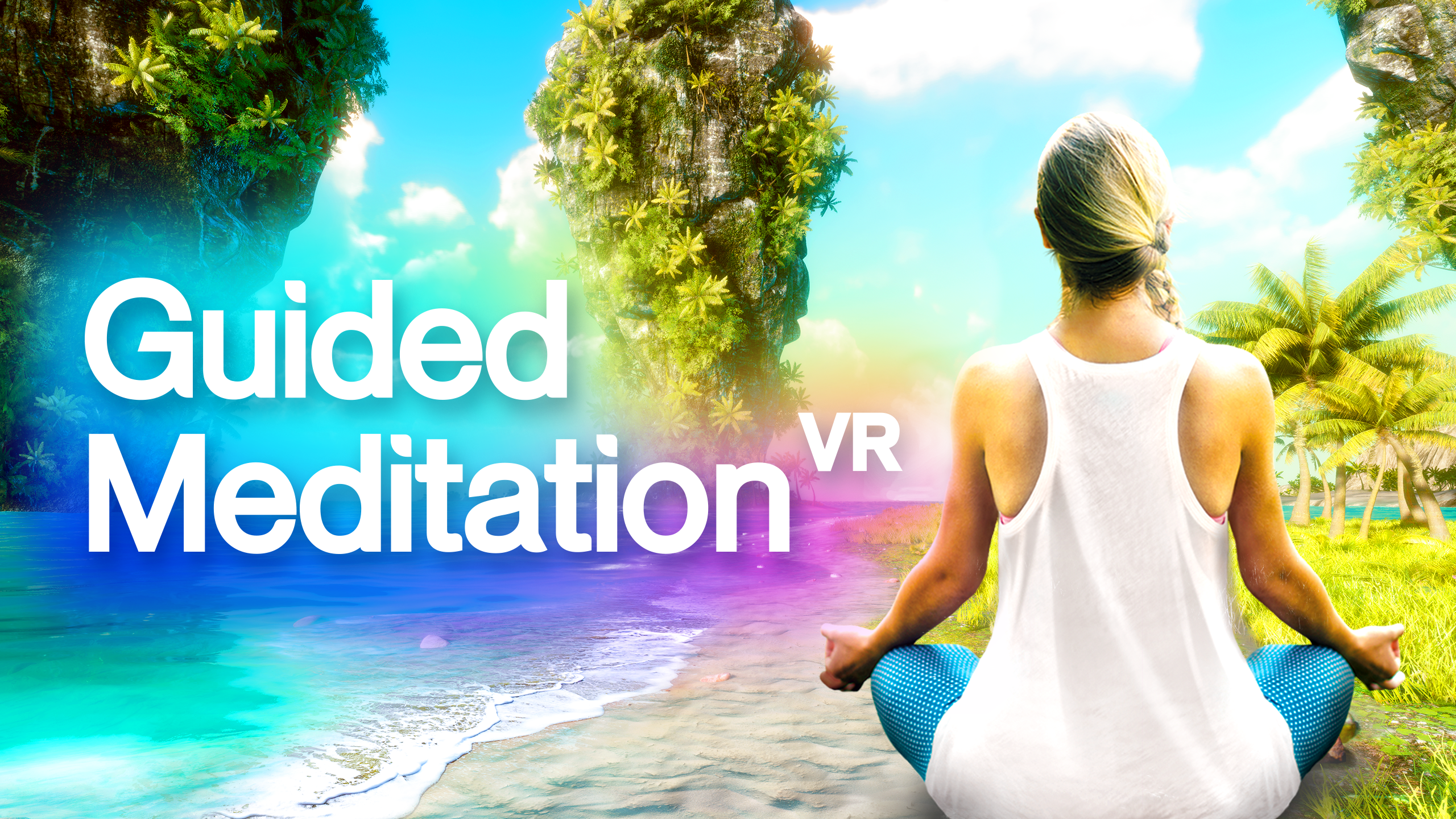- /
- Meditation
- /
- Mindfulness Based Stress Reduction
- /
- Mindfulness Based Stress Reduction...
Session 01/10
Transcript
Welcome to the 10 part meditation series, modeled after the eight week live course called Mindfulness Based Stress Reduction.
My name is Nejra. I am a qualified MBSR teacher and mindfulness coach and I will be guiding you through this journey.
Mindfulness Based Stress Reduction was developed in 1979 by Professor Jon Kabat Zinn at the University of Massachusetts Medical Center. Mindfulness Meditation is dated back to about 2,500 years ago, and is considered the heart of Buddhist meditation.
Mindfulness Based Stress Reduction, although rooted in spiritual practices, is a secular program, and uses a combination of mindfulness meditation, body awareness, yoga, and exploration of patterns of behavior, thinking and habitual reactivity.
Its primary goal is to teach the tools for increased well-being, cultivating self-awareness, promoting mental resilience to stress, anxiety, and difficulty, and increasing emotional intelligence.
So what is mindfulness, exactly? Mindfulness is the awareness that arises through paying attention, on purpose, in the present moment, with an attitude of non-judging.
So in essence, it is the cultivation of acceptance of our present experience. And that includes body sensations, mental states, thoughts, emotions, impulses and memories. This reduces suffering or distress, and increases well-being.
There are eight different attitudes that we cultivate in mindfulness practices, and they are:
- Non-judging
- Acceptance
- Trust
- Beginner’s mind
- Non-striving
- Patience
- Letting Go and
- Self-compassion/Kindness
One of the most common misconceptions is that meditation is emptying the mind of our thoughts. We sit down to meditate, cross our legs, and expect that the mind will simply go blank. And of course, that won’t happen as our brains are designed to wander.
So we can get easily frustrated and give up before we even try, because we have a wrong idea of what meditation is.
In meditation, the aim is to observe and witness everything that arises in our moment to moment awareness, without getting caught up in the contents. Meditation is about focusing our attention to be anchored on a particular object, thought or activity.
Simply put, meditation is the training of the mind. We will notice that we can sit still for 10 seconds before the mind starts wandering. And that is perfectly normal. It does not mean that you’re doing it wrong, and not giving yourself a hard time. Your only job is to notice the distraction, and gently but firmly escort the attention back to your anchor, most commonly the breath.
So now, I invite you to meditate with me in the three-step breathing space, a quick and easy practice you can do anywhere. This is a great tool to use when we’re stressed and we need a moment to calm down and take a breather to get grounded in the present moment.
And these moments are where we cultivate space for more awareness to help us step out of our automatic pilot mode and have freedom of choice rather than acting from our impulses and subconscious patterns.
Three-Step Breathing Space
So beginning now by finding a comfortable sitting position. This can be on a straight back chair, or the floor, on a mat, or rug supported by cushions.
If you are sitting on a chair, making sure that the legs and arms are uncrossed, allowing your hands to rest in your lap.
As we shift our posture deliberately to assume an upright dignified position that supports our intention for becoming awake. The spine is straight, but not stiff. The head is slightly tilted to the front so that our neck is elongated and the spine stacks straight.
Perhaps choosing to take a deep inhale and exhale and as we inhale feeling our belly expand and on the exhale as it contracts. Setting our attention to simply bring our awareness to what is happening right now in our mind and body.
Letting go of any expectations or attachment to the outcome of the meditation.
Step 1
Taking the first step now, entering the awareness stage by observing what is the current landscape of the mind filled with? What thoughts are arising?
Noticing if there are many thoughts around, or only a few?
They could be flying around, racing, or we could have the same ones over and over.
As best as we can, noticing the thoughts as mental events observing them rather than getting caught up in them, practicing letting go.
Then we move our attention to any feelings and emotions that may accompany those thoughts.
Without trying to change them or push them away, allowing them to be as they are. With acceptance for whatever is there. Perhaps also validating our emotions by saying “It’s okay. This is how I feel at the moment”.
Paying attention now to the sensations that are present inside the body. Scanning the body and allowing whatever is there to simply be.
Bringing a sense of a beginner’s mind investigating the experiences as if for the first time. So perhaps there is a sense of lightness, relaxation, or there may be tension, unease.
Where can these sensations be felt in the body?
Step 2
Now that we have stepped out of the automatic pilot and brought more awareness to this moment, the next step is gathering attention to the movement of the breath.
So, exploring where is the breath felt most vividly? Perhaps you can follow the breath from the tip of the nose, at the nostrils, at the back of the throat, all the way down to the chest and belly.
Observing the rise and fall of the belly as the breath rolls in and out.
Being with the breath as best as we can. No need to force the breath, we’re not changing anything. We’re just allowing the breath to breathe itself.
Step 3
And finally, stepping into the third phase, inviting our awareness to expand to the sense of the body as a whole, breathing in and out.
Bringing a spacious awareness to the totality of our experience. Simply being here just as we are.
Directing our attention from the tips of the toes, all the way up to our head, holding any and all sensations with acceptance and non-judgment. Becoming conscious now of the entire being breathing in and breathing out.
Coming Back
As we close this meditation, perhaps reflecting on the experience of taking a moment to come back to yourself.
Asking ourselves how can we bring this practice into our daily lives?
How can we benefit by becoming more aware of the totality of our experience, with acceptance, and non-judgment, and choosing to bring this expanded awareness to the rest of our day?
With awareness comes choice.
With choice, change.
Inviting now some movement inside the body, becoming aware of any sounds, the contact with the floor or the chair.
The meditation is now complete.
Thank you for meditating with me today in this short practice called the three step breathing space.
In the next session, we will explore the essential meditation in Mindfulness Based Stress Reduction called the body scan.
See you in the next practice.
”One of the most common misconceptions is that meditation is emptying the mind of our thoughts.


